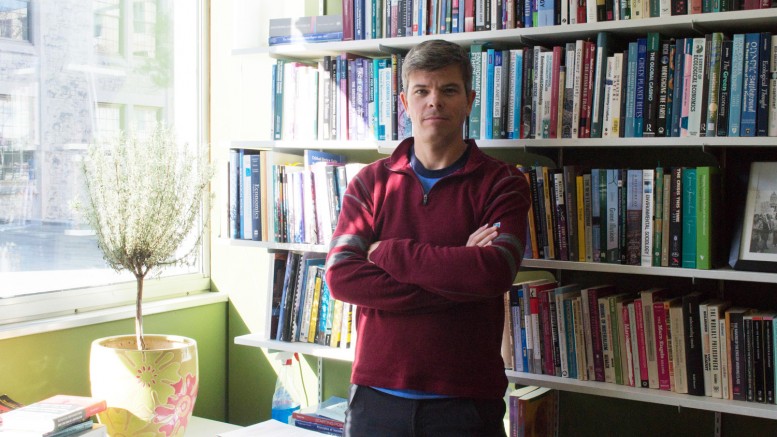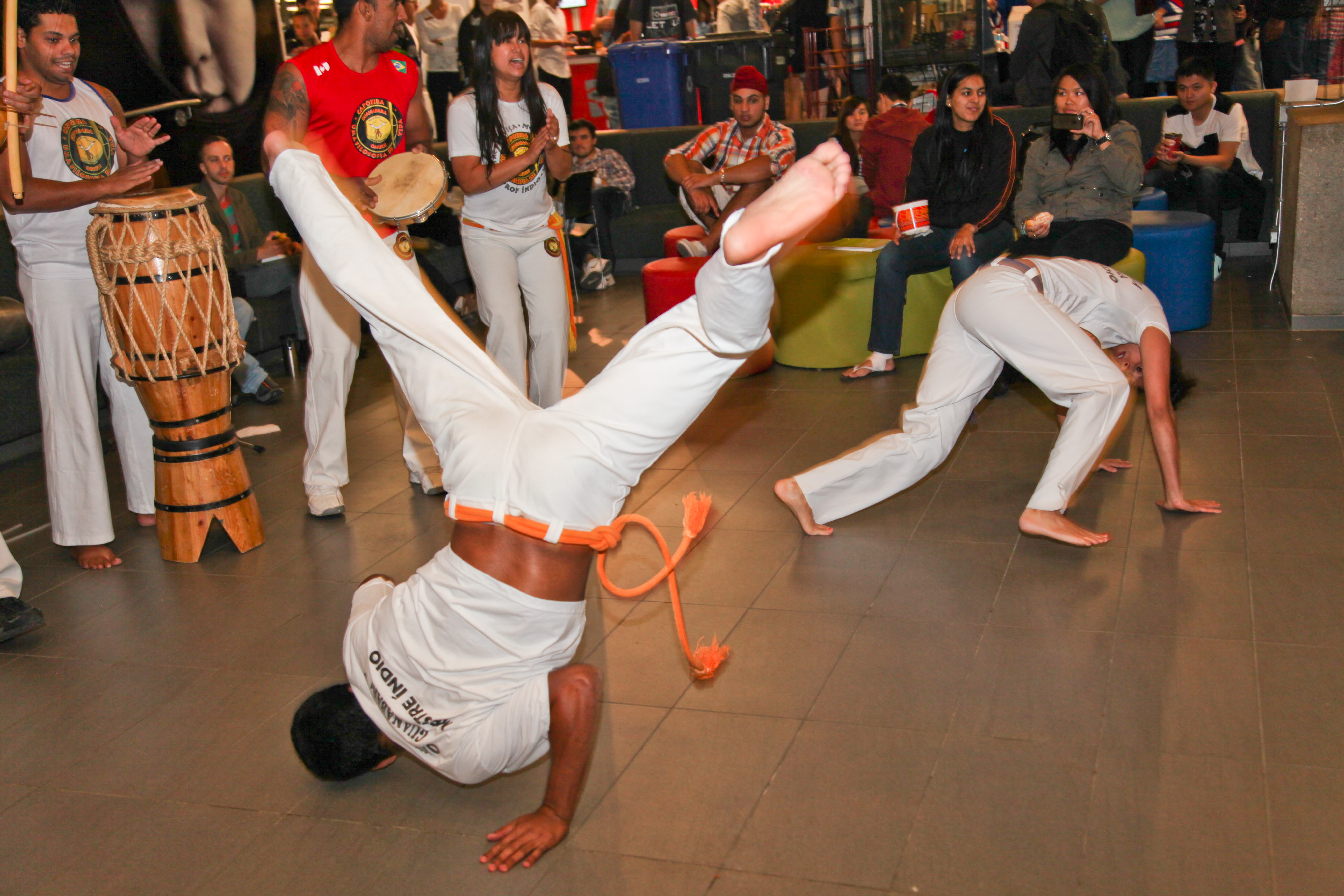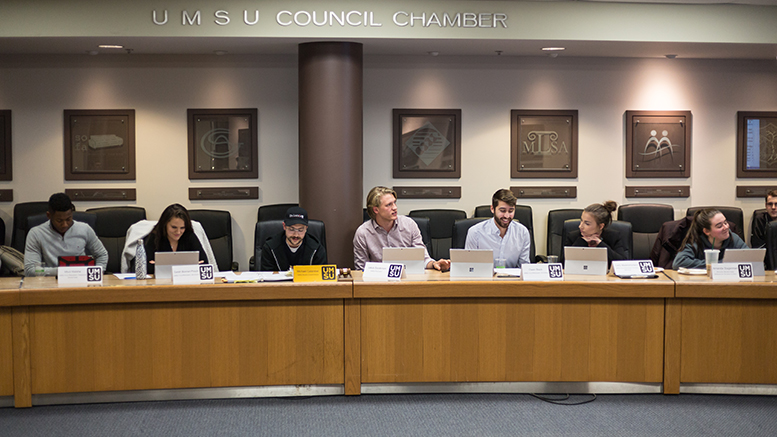Changes to the instructor workload in the faculty of arts have sparked criticism from the University of Manitoba Faculty Association (UMFA).
As of Sept. 2, instructors in the faculty are required to provide 24 credit hours of teaching unless they are also involved in significant service to the university. These changes came as part of an update to the Faculty of Arts Teaching Responsibility Guidelines.
Previously, the guidelines stipulated that instructors were required to provide between 18 and 24 hours along with additional service to the university.
UMFA raised concerns about the policy changes in their September newsletter, calling it a “reversal of onus.”
The new policy requires instructors to prove that they have significant service duties to warrant less than 24 credit hours of teaching, with the faculty union arguing that this constitutes a substantial increase in workload.
These changes apply solely to instructors that fall under the UMFA collective bargaining agreement with the university.
Instructors are defined as university teachers involved in some combination of the tasks of a regular faculty member but not solely those to do with teaching. As such, they juggle different quantities of the responsibilities of a faculty member, which include teaching, administration, research, and additional services.
Services or administrative duties may include outreach to the community, serving on a committee, or overseeing a student club.
These responsibilities only become significant enough to reduce teaching hours if they exceed the expected normal amount.
The changes were first presented to the faculty of arts council on Feb. 12, 2014 and came into effect Sept. 2 of this year.
“Instructors in the faculty of arts, as well as instructors from other faculties who have heard about this change in arts, have expressed to UMFA their deep concerns about the policy change,” said Mark Hudson, UMFA’s president.
“‘Deep concerns’ is actually an understatement,” he added.
The changes mean either more time involved in preparing for classes or taking on more service hours. The association feels that the changes may result in instructors not having enough time with each student, Hudson added.
An ad hoc committee of the arts faculty council was created to address the proposed changes to the 2010 guidelines.
The committee supported the dean’s move to clarify teaching loads in the 2010 guidelines. However, they moved to recommend that the faculty establish 18 credit hours as the regular teaching load for instructors.
The minutes of the April 13 faculty of arts council meeting point out that 15 of the 18 faculty of arts instructors are employed at 18 credit hours and that 24 credit hours had been the exception up until this year.
The committee felt that this relatively small group of staff were being unfairly penalized for budget cuts to the faculty.
They recommended that 24 credit hours be seen as the maximum limit of a full timetable, with the policy changed to clarify that 18 credit hours is the normal amount.
The faculty union would like the dean to consider the recommendations of the committee, Hudson said.
According to John Danakas, executive director of public affairs at the U of M, the policy has not been changed significantly.
The changes offer further clarification on the responsibilities of instructors, he said, adding that the policy from 2010 was ambiguous in its language and that the changes will allow for more simplified tracking of extra services in order to be the same for all instructors.
“After a year and a half of consultation there has been a move to a process that is effectively the same, but a proper discussion occurs each year as the timetable is developed over what these instructors are doing in lieu of service or in lieu of teaching,” he said.
“The dean had considered the feedback from faculty council over 18 months and, as a result, had made changes to how the guideline will work.”





